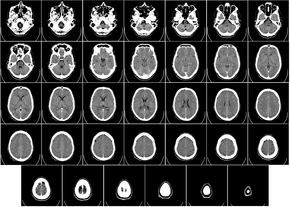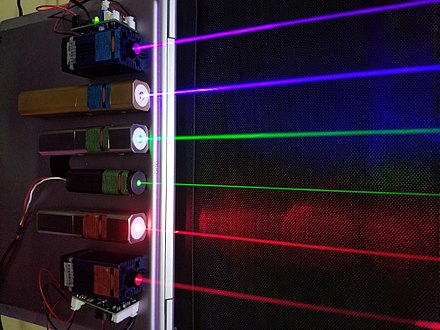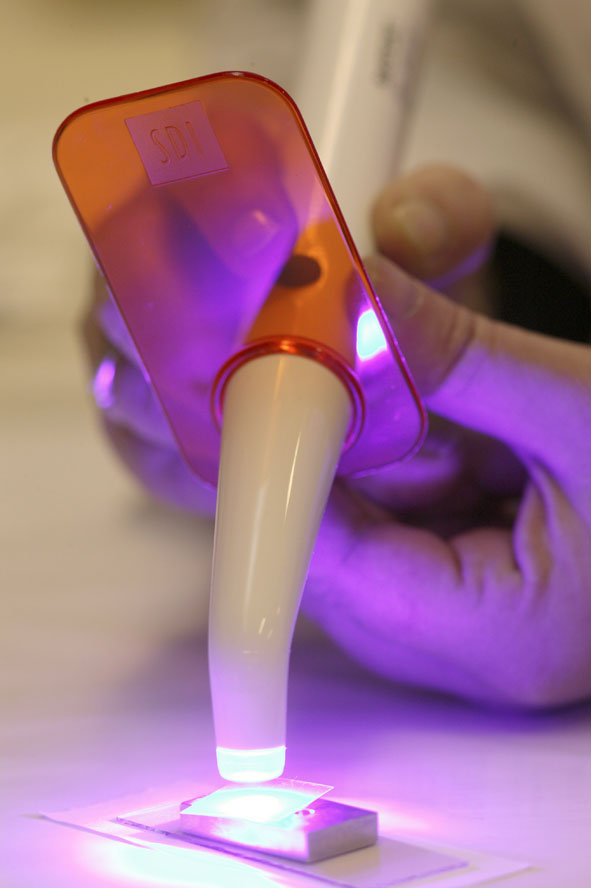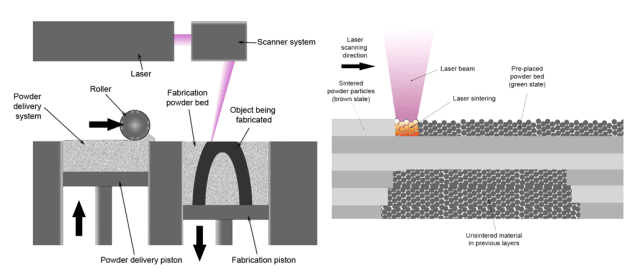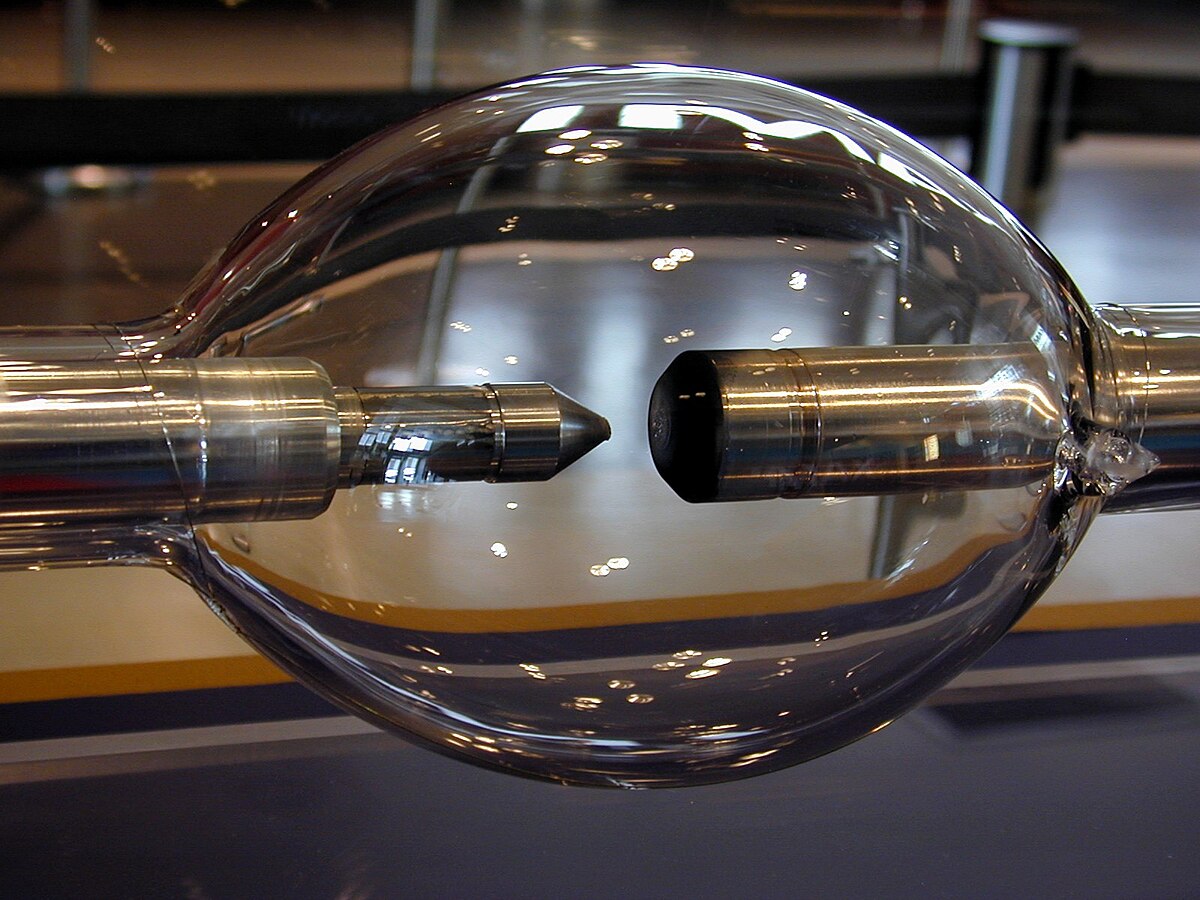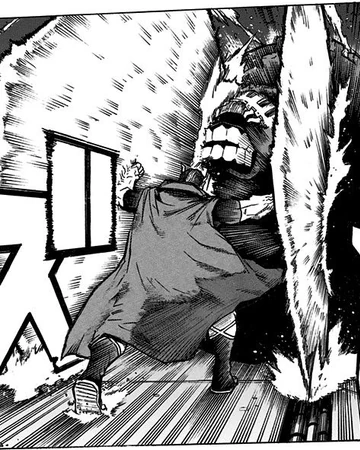The quantum dental group is presenting three posters at the iadr conference on this new technology.
New industry technology lasers for tooth decay wikipedia.
This is where the tooth produces the bony tissue known as dentin which could be coaxed to grow via stimulation to fill spaces in the tooth that were drilled out to remove decay.
This technology is based on extensive research including 30 published research articles in peer reviewed dental and medical journals.
These lasers are different from the cold lasers used in phototherapy for the relief of headaches pain and inflammation.
With cad cam technology the tooth is drilled to prepare it for the crown and a picture is taken with a.
With the canary system the dentist is able to identify areas of decay much earlier than with current methods.
Complications may include inflammation of the tissue around the tooth tooth loss and infection or abscess formation.
Laser beams can make a decayed tooth repair itself say u s.
Lasers for tooth cavity detection.
Symptoms may include pain and difficulty with eating.
New materials take a bite out of tooth decay.
A higher tech option for detecting tooth decay.
Dentistry also known as dental medicine and oral medicine is a branch of medicine that consists of the study diagnosis prevention and treatment of diseases disorders and conditions of the oral cavity commonly in the dentition but also the oral mucosa and of adjacent and related structures and tissues particularly in the maxillofacial jaw and facial area.
Tooth decay also known as dental caries or cavities is the breakdown of teeth due to acids made by bacteria.
It is estimated that over 2 3 billion people face some level of tooth decay each year.
Scientists intense light activated a chemical in mouth which woke up stem cells this in turn triggered production of dentine to.
The dental pulp of a tooth is the deep inner part of a tooth that filled with nerves and blood vessels.
Still some dentists are using lasers to treat.
The self repairing tooth technology others are harnessing a cavity arresting alternative that has been used in japan for more than 80 years.
Dentists are already using optical technologies to detect tooth decay and lasers for therapeutic interventions and they are looking to a future in which they can combine these methods for minimally invasive dentistry.
